Quick Look: Bolt Action Panzer VIII Maus Super-Heavy Tank
March 13, 2019 by johnlyons
John takes a Quick Look at Warlord's Maus and takes us through the history behind this massive tank.
The Panzer VIII "Maus" is a fascinating machine that bridges the line between WW2 proper and what we might consider "Weird World War" It is a real, physical example of just how far German engineers, Ferdinand Porsche in particular, were willing to push the boundaries of design and technology.
A quick look at this schematic drawing gives you a real sense of the level of complexity this tank incorporated. Layers of wheels encased in the thickest of armour, powered by a hybrid drive system using an engine from a German "S" Boat to power massive electric motors that drove the tank, and utilizing the biggest anti-tank gun available to the Germans at the time, a 128mm (5 inch) KwK 44 L55 gun. The Maus even went as far as to coaxially mount a 75mm KwK 44 L 36.5 gun, instead of a traditional machine gun!
The size and shape of the Maus is an image that every tank enthusiast has ingrained in their minds and it is not hard to see why. The tank is truly immense, weighing in at a bridge-bending 188 tonnes! But even it's weight is not as impressive as its very respectable road speed of 12Mph (estimated) Which could only have been achieved "efficiently" because of its electric drive system.
Two prototypes were produced, V1 and V2 respectfully. V1 was more used to test the mobility of the vehicle while V2 was to be the test bed for the tank's armament. And compared to two of its contemporaries, the Panzer 1 and Panzer 3, this tank made everything else look like a toy. And that was the point. This tank was to soak up damage and respond in kind, the idea was that it would take a position and hold it during an enemy assault. Taking the place of concrete bunkers (which could not be built in haste, but could the Maus really be considered a hasty defensive bunker?)
At the end of the war, this Maus was destroyed in Kummelsdorf (the German weapons testing ground) and the images really do show how immense the vehicle is.
Seeing the Russian soldiers looking around the vehicle puts into some real perspective just how ridiculous the tank is and how much of an easy target it would have been had it been actively deployed.
This tank now resides in Russia in the Kublinka tank museum. One of the most expansive armour museums in the world, where the V1 hull was matched to the V2 turret to allow visitors to get a sense of the power this tank might have had if it had rolled out into battle.
How do you think the Maus might have fared in the field?



































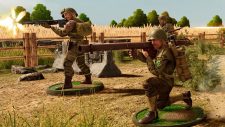




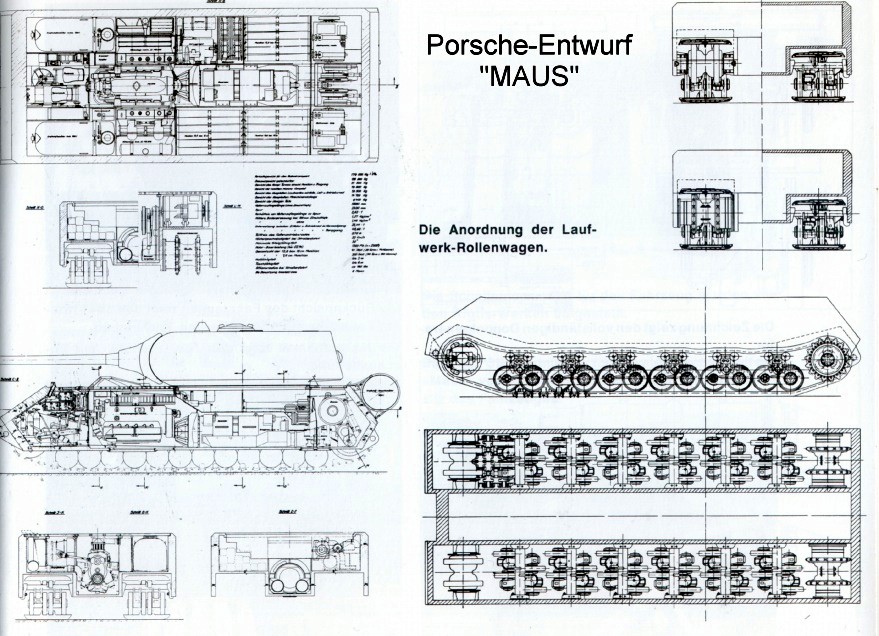
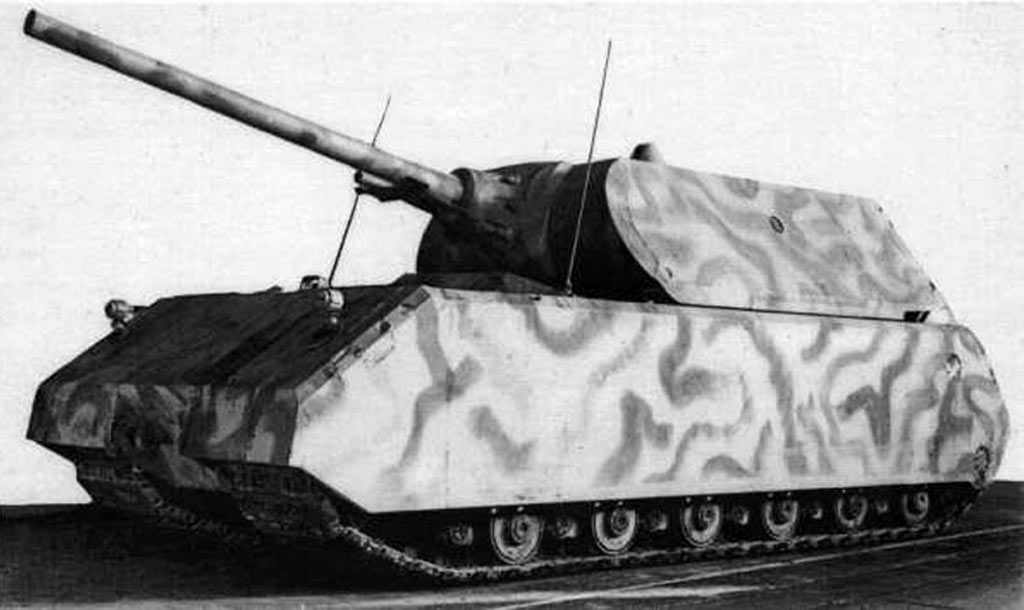
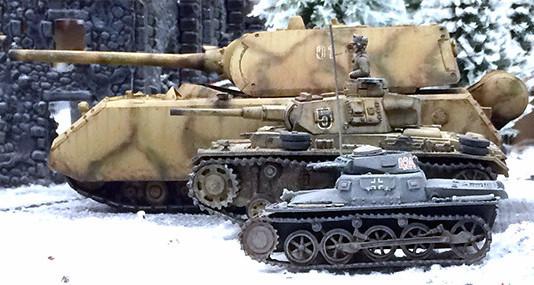

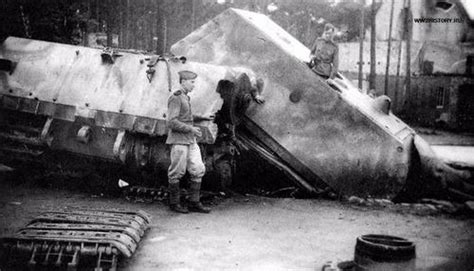
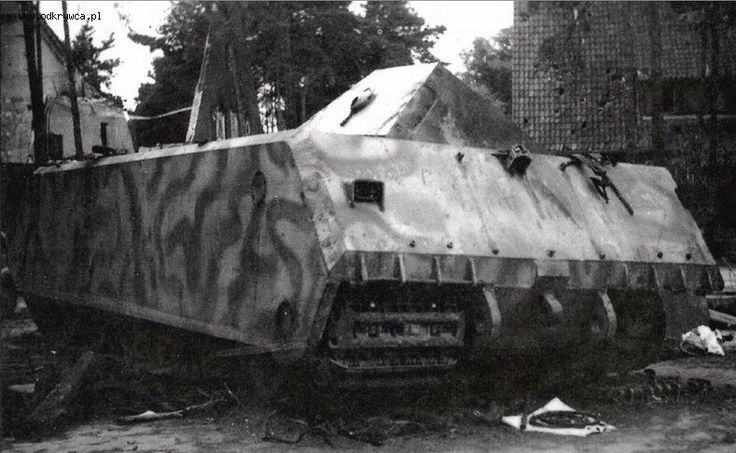
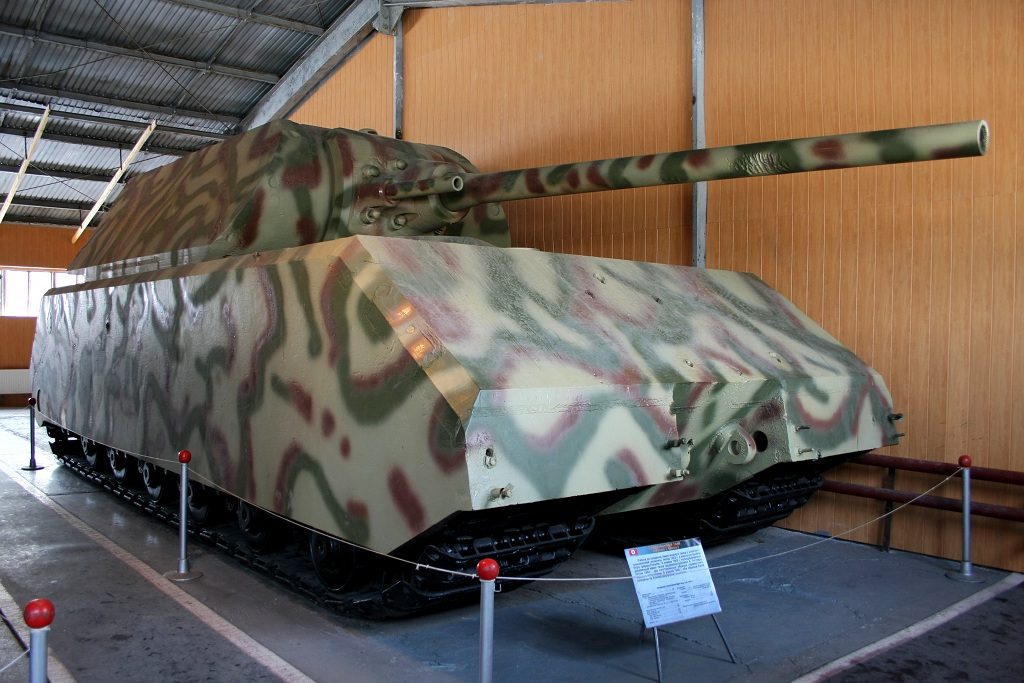





















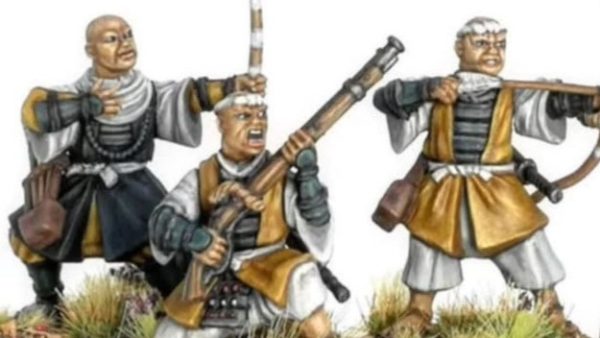
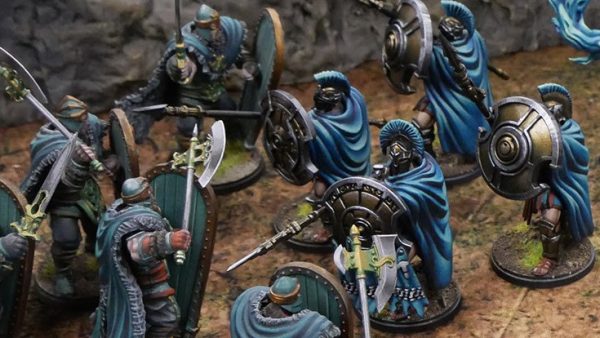
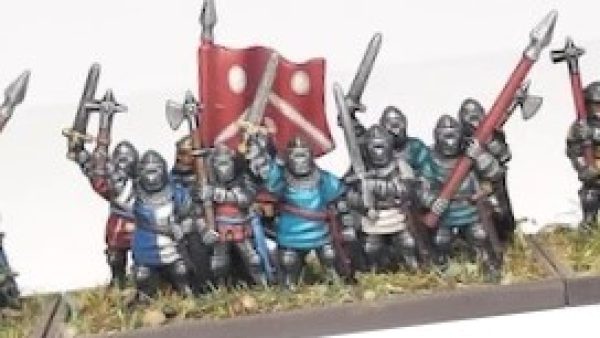





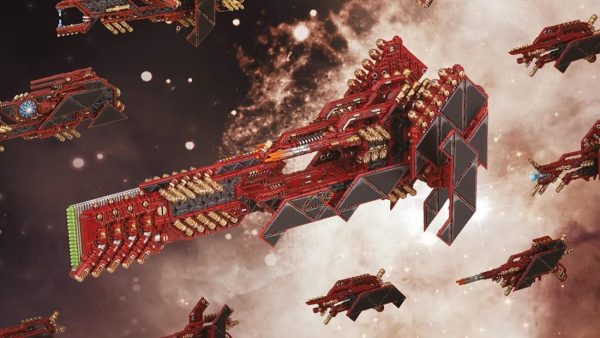
Would have made a great target XD
Let’s face it, while big tanks are cool those are not practical at all so those are better as part of fiction, video games and wargames than being real. At that point of war Germany had already lost control of air so possible Mauses would had been just destroyed easily from air by Allied and Soviet planes and those would had just eaten more resources that Germans were already running out of.
IF it had even rolled out on the battlefield it would have likely broken down and then been bombed to bits 🙂
Too heavy for most bridges , it could be hooked up to another Maus by cable and drive using the electric motors like a submarine under water across the river . Those crazy Germans …. The Chieftain ( WOT ) has a ” climb over ” video of this beast at Kublinka ,he wasn’t allowed inside . There is Russian video on you tube where they do go inside and show off the gutted interior . Almost all the guts are gone , no engines , no transmission , no turret basket ,really nothing left . You can see the 75mm ammo storage rack beside the gun and lots of places on the inside of the turret where the crew stored extra vision blocks , gas mask containers , etc . If you know anything about the internal stowage of German tanks you can pretty much figure it out .There’s a couple of nice new models by Takom ( IRC ) in 1/35 , one being the test version with the big square box simulated turret . Trumpeter also have one with a ” full” interior , although you can’t see much trough the crew hatches , and they molded the engine hatches closed ( wankers ! ). There is also one in 100th scale by Zvezda , very nice little kit . I’m not a huge fan of large chunks of resin , detail parts yes , chunks no , so I hope someone releases one of these in plastic in 28mmm , but I don’t see it anytime soon …..
I remember reading a the German tank museum that the vibrations caused by the Maus proved to pose a structural hazard to most civilian buildings of the time. Thus it would not have been possible to drive this tank through populated areas without risking to collapse buidings.
Also it is apparently just as long as one can make a tank and still have it be able to turn. Though it could not have rotated in place by running the tracks in opposing directions without damaging itself. Only gentlecurves would have been possible.
TOG vs Maus. Who would win? FIGHT.
Is this a vehicle that even the TOG could out manoeuvre?
When you had German armour that was already huge and difficult for unsupported infantry to take out, seems odd to go for something even bigger? Not sure what the intended enemy was that this tank was meant to be effective against? The big Russian late war monsters would have been faster so not sure how this would have been the better tank. Tank development is always fun to look at though.